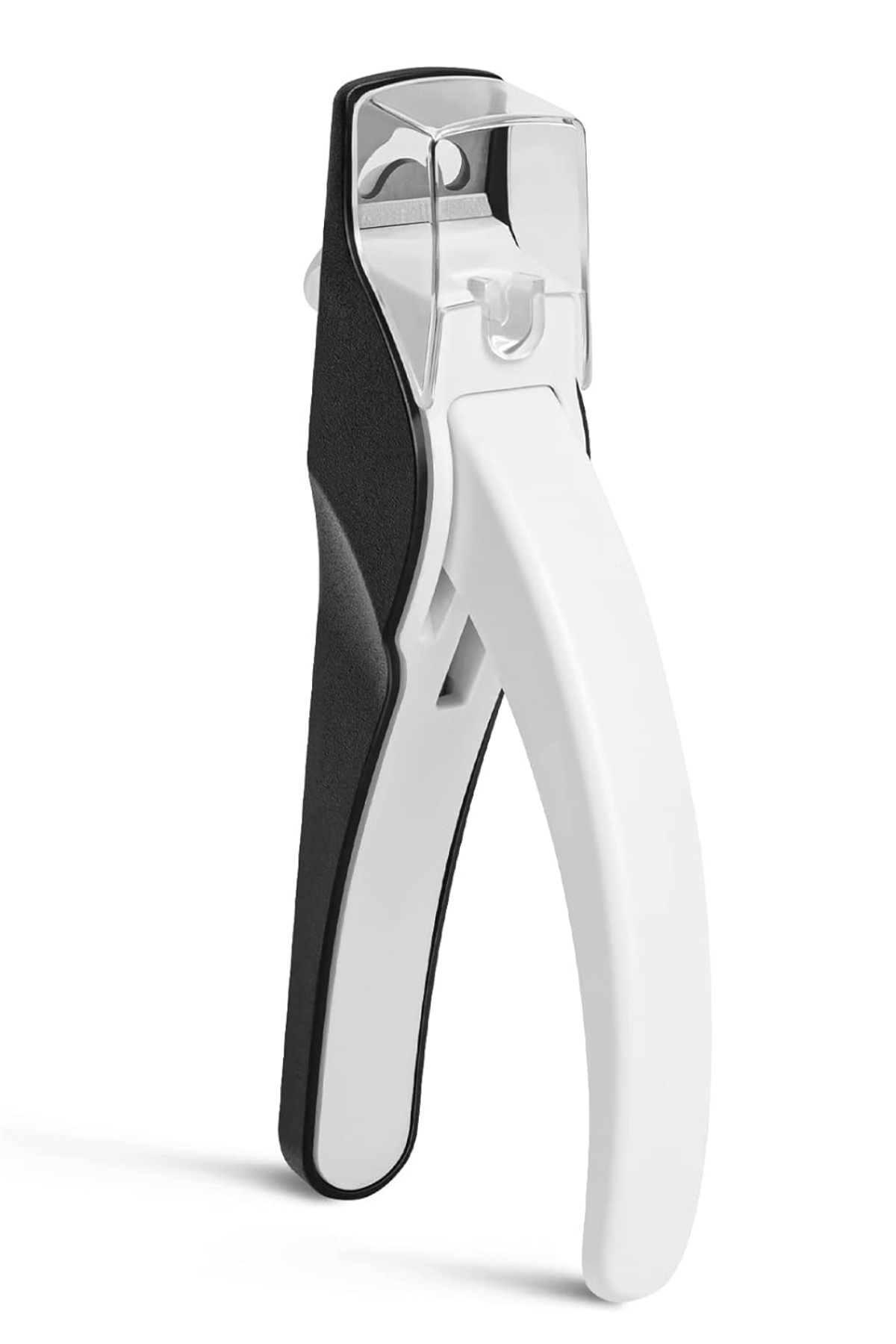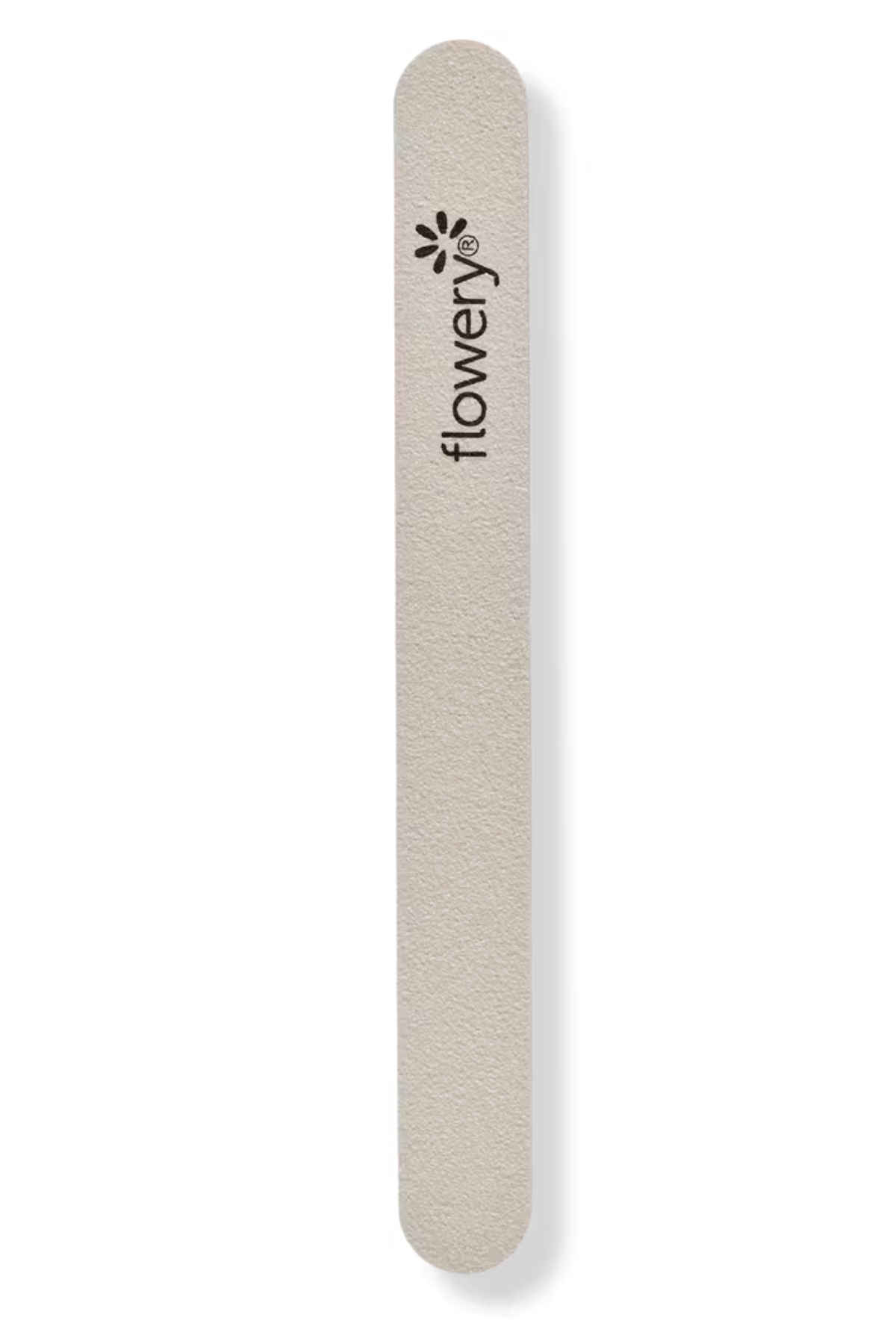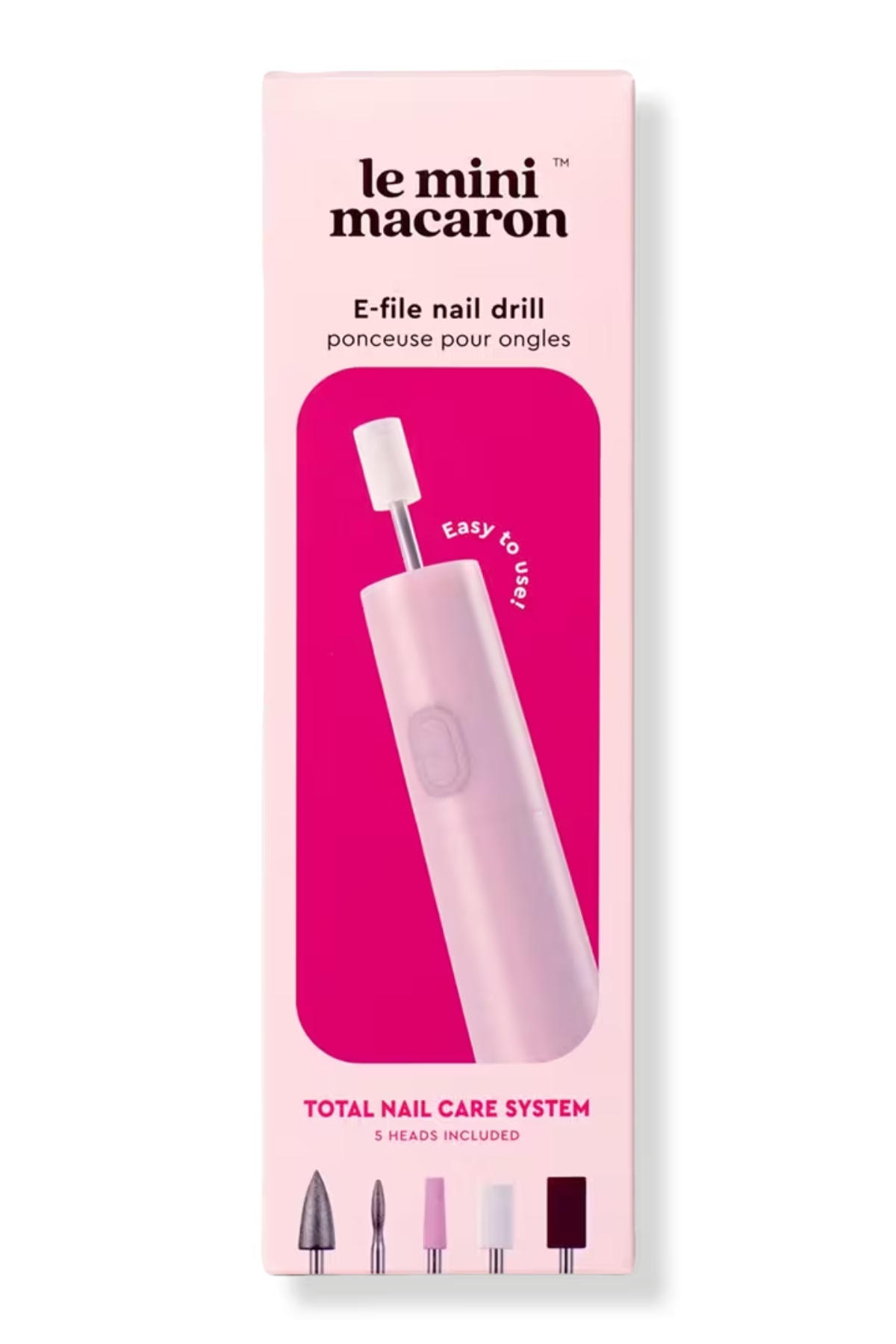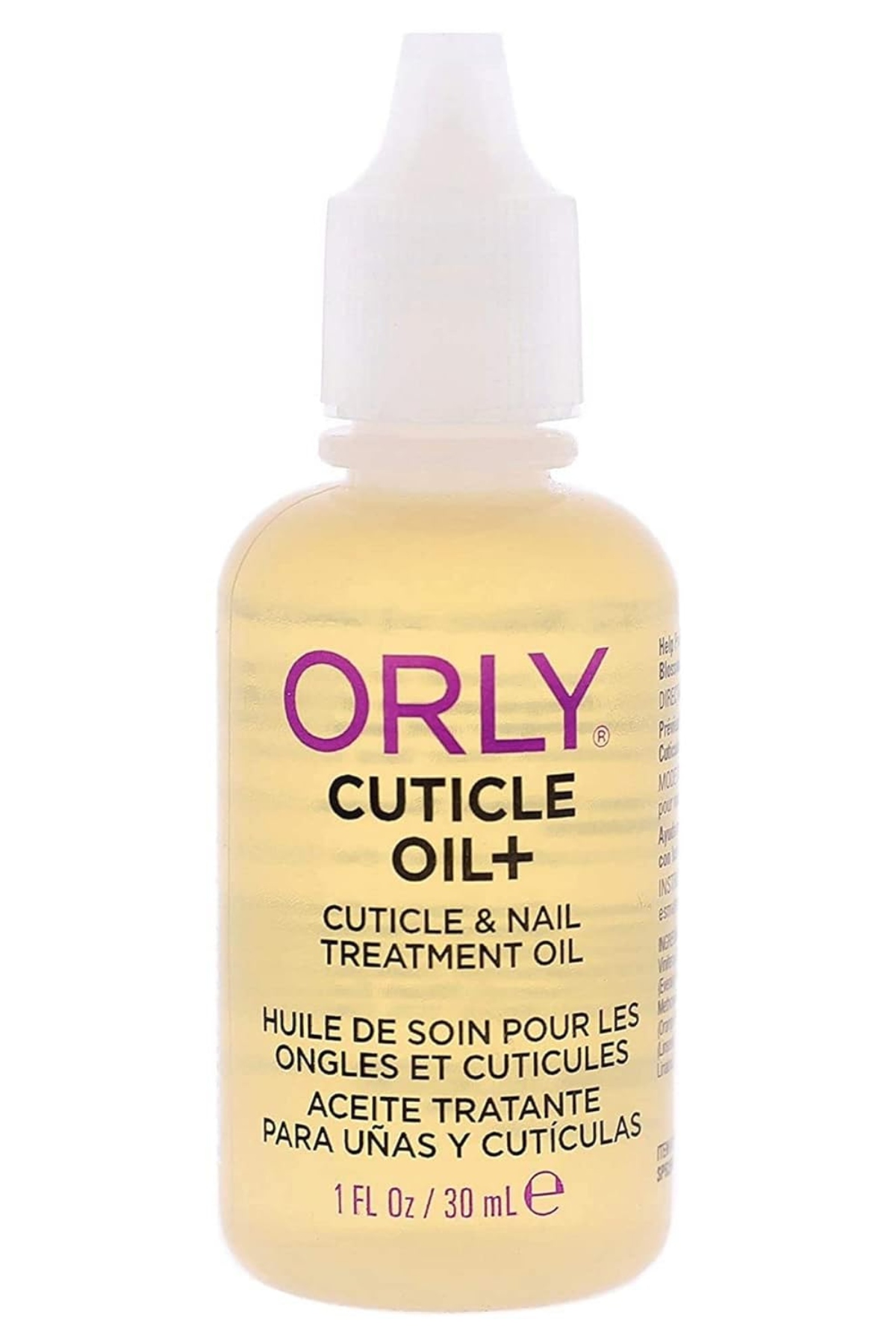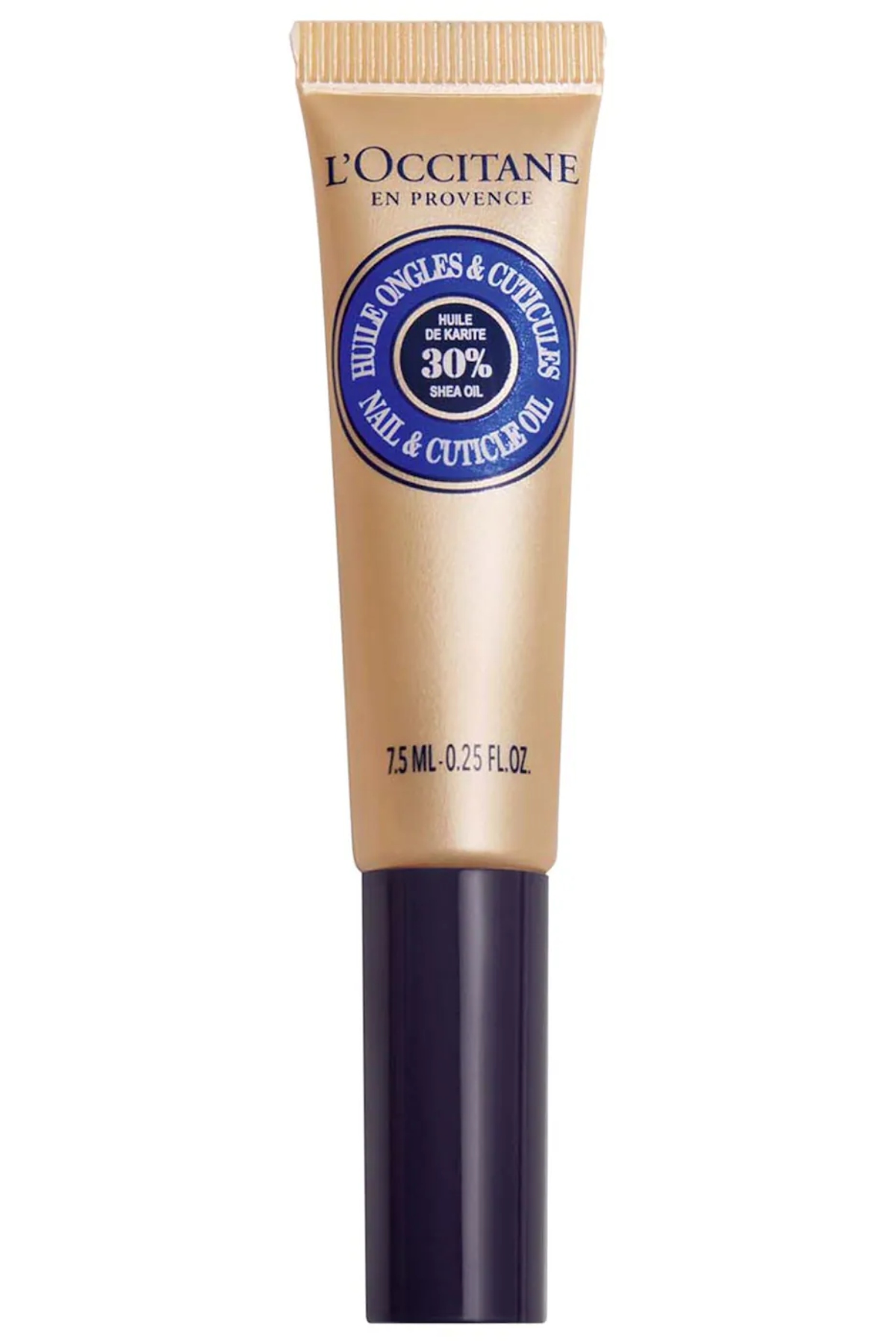I'm Passionate About Removing My Acrylics at Home—Here's How to Do It Safely
Damage-free.


Siena Gagliano
When I walk out of the salon with a fresh set of acrylic nails and one of this year's hottest manicure trends (or a fun summer nail color), I instantly feel put together for the next three weeks. That is, until they begin to lift, crack, or grow out, and I'm left debating whether to make a nail appointment or remove my acrylics at home. And since life doesn't always allow time for a salon visit, knowing how to take them off myself, without damaging my natural nails, is a handy skill.
"It's important to soak off acrylics rather than forcefully removing them, since that can cause serious damage to your natural nail," says LeChat Nails educator Syreeta Aaron. Peeling them off can strip away layers of the nail itself, she adds, which weakens the overall structure and makes them more prone to breakage.
The more layers that are removed, the more damage that occurs. "Nails are composed of hard keratin, which is technically what skin is made from," says Aaron. So removing those extra layers can be similar to thinning out your skin, she adds, which is something you definitely want to avoid.
Although it's always ideal to see a licensed nail tech for the safest removal, it's possible to do it at home as long as the right tools are used and the process is done gently. Ahead, expert-approved advice on how to remove acrylic nails at home without damaging your natural ones in the process.
How to Remove Acrylic Nails At Home
Step 1: Cut Off Your Nail Extensions
Begin the process by using an acrylic nail clipper to trim any of the nail extensions and their acrylic coatings that extend past the length of your natural nails. Clipping off the excess product helps to expedite the removal process. If you don't have an acrylic-specific nail clipper, a regular one will do the job in a pinch.
Step 2: File Down the Top Layer of Acrylic
Using a 100-grit coarse nail file, begin to file down the acrylic coating to thin it out and scratch up the surface. The scratches that the file creates on the acrylic are important because they act as channels to help the acetone you apply absorb faster.
Step 3: Apply Cuticle Oil
To help counteract the drying effects of the process, moisturize your nails before soaking off the acrylic. “Acetone remover is extremely drying, so you want to be sure to apply cuticle oil around the perimeter of the nail, on cuticles, and even under the nail onto your fingertips,” says Julie Kandalec, celebrity manicurist.
Get exclusive access to fashion and beauty trends, hot-off-the-press celebrity news, and more.
Step 4: Soak Off the Acrylic
Aaron says to first determine whether you have regular or gel polish on top of the acrylics. "If you have regular polish, you can begin the soaking process right away. If you have gel polish on top of the acrylic, you must first break the top layer of the gel [with a nail file], and then you may begin to soak," she says.
Drench a cotton ball in 100 percent pure acetone, place the cotton onto the surface of the nail, and wrap each nail in foil. Wrapping the nail in foil serves an important purpose: “It prevents the acetone from evaporating quickly while retaining your body heat, causing the acetone to work even faster,” says Kandalec. Be sure to let each nail remain wrapped for at least 20 minutes to allow the acetone to break down the acrylic material fully.
Step 5: Gently Scrape Away Acrylic
Unwrap the foil and work on one nail at a time, so the other nails remain soaking as long as possible. “After unwrapping, check to make sure the acrylic has a soft and gummy consistency,” says celebrity nail artist Vanessa McCullough.
If it does, take a wooden stick cuticle pusher and gently scrape off the softened acrylic, working from the area closest to the cuticle outward toward the tip of the nail. If the acrylic isn’t coming off easily, don’t pry it. Instead, place the acetone-soaked cotton back on the nail, then re-wrap the nail for a few more minutes. Repeat this process until it becomes easy to scrape away.

A wooden stick cuticle pusher is ideal for gel removal, but if you use a metal tool, be very gentle.
Step 6: Buff Off Remaining Acrylic
No matter how carefully you remove the acrylic, stubborn spots may remain on the nail bed. If remnants remain, use a multi-sided buffer to rub away the last bits until your nail bed is clean and smooth.
Step 7: Hydrate, Hydrate, Hydrate
Apply a final layer of cuticle oil to rehydrate the nail. If you don’t plan on getting a new acrylic set immediately, finish with a keratin-based nail treatment, like CND RescueRXx.
Is It Safe to Remove Acrylics Nails At Home?
Although it's best to go to a professional, you can remove acrylic nails at home safely as long as you're educated on the steps and you have the proper tools.
"We recommend using a nail clipper, both an acrylic and natural nail file, and acetone. With these tools, you can clip the excess nail off if they’re really long, file down the top layer of the acrylic, and then soak the nails in acetone," says Michelle Nguyen, founder of Paris Lash Academy and PLA Nails. "You’ll likely have to soak them for a while, and then you can start scraping and filing the acrylic off."
When Should Acrylic Nails Be Removed?
I know—we've all "accidentally" seen how long we can make an acrylic set last. That said, "acrylics can theoretically last between six to eight weeks, but that doesn’t mean you should leave them on that long," says Nguyen. To keep up with nail growth, you should get your acrylics redone or removed after two to three weeks, she says.

A model getting her natural nails painted at the Cucculelli F24 show.
How to Care for Nails After Acrylic Removal
If you want to keep your nails healthy and in tip-top shape, the process doesn't end after your acrylics are off. "After removing acrylics, it is important to keep the skin and nails healthy by applying cuticle oil and hand cream daily," explains Juanita Huber-Millet, Founder and Creative Director at Townhouse. "By nurturing your cuticles, you support the health of your nails as they grow."
Should You Take a Break Between Acrylic Nail Sets?
While it's not totally necessary to give your nails a break between acrylic sets if they're healthy and in good shape, it certainly won't hurt to let them rest now and again. However, if you have any nail conditions—such as fungus or an injury—or are experiencing any pain, Nguyen says to pause on the acrylics, and see and dermatologist or doctor.
Why Trust Marie Claire?
For more than 30 years, Marie Claire has been an internationally recognized destination for news, fashion, and beauty trends, investigative packages, and more. When it comes to the products Marie Claire recommends and advice we give, we take your faith in us seriously. Every product that we feature comes personally recommended by a Marie Claire writer or editor, or by an expert we’ve spoken to firsthand.
Meet the Experts

For Julie Kandalec, nail care is far beyond just polish. Always the artist, she is also trained in painting, drawing, color, and dance. Known for her gentle touch, calm demeanor, and precise attention to detail, Julie's specialties vary from a clean, natural nail to elaborate, custom-designed nails. Julie's work can now be seen in major publications, beauty campaigns, and regularly on the fingertips of Jessica Chastain, Emily Blunt, Rose Byrne, and many more.

Juanita Huber-Millet launched Townhouse with one goal: to elevate the nail salon experience. Townhouse has thrown away the rulebook and reinvented it for the modern age, using years of industry research to perfect every aspect from start to finish. Say hello to flawless treatments, beautiful salons, and impeccable service that you can rely on every time.

Syreeta Aaron is Alabama-based and a LeChat Nails Educator. Syreeta's passion for nail art began as early as five years old. As a young child, she would stick tape on her nails and pretend she had long nails and polish them. Since then, her love affair with nails blossomed into a professional nail tech career of 17 years. When she became an educator in 2017, Syreeta found she was able to combine technical skills, creating artistic nail designs, and traveling into one career in an industry that she loves the most.
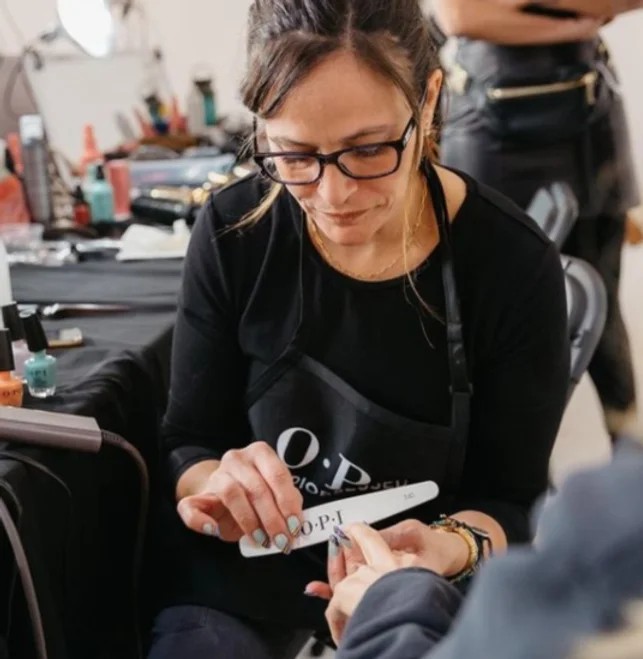
Vanessa Sanchez McCullough is an Los Angeles-based manicurist, former CND educator, and lover of all things nails and style.

Coming to the scene as a self-taught lash artist in 2008, Michelle Nguyen knew how difficult it could be to truly break into the beauty industry. After running her salon for six years in Reno, Michelle ultimately decided to sell it to focus on Paris Lash Academy, as a way to share her vast lashing experience with lash artists all around the world.
For the last fourteen years Michelle has practiced and studied eyelash science. Calling it a science may seem simplistic, but by studying the discipline and knowledge associated with eyelash care, Michelle has been able to elevate her expertise, bringing lashing to a new and higher level.
Chelsea Hall is the former Assistant Fashion and Beauty Editor at Marie Claire, where she covered celebrity style, fashion trends, skincare, makeup and anything else tied into the world of fashion and beauty
- Siena GaglianoBeauty Editor

